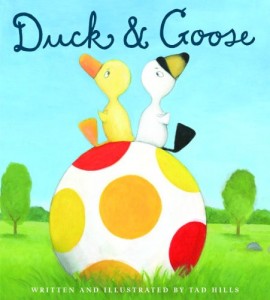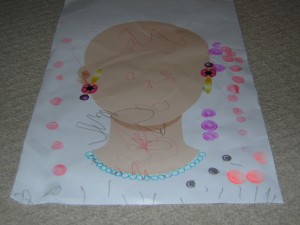I’ve been waiting to include this special video in my kindergarten readiness and learning blog until Easter.
Speaking of learning…did you know that even very young children will have individual strengths and weaknesses when it comes to learning? There are usually clues about children’s learning styles while they are still babies. Some babies talk and chatter to themselves, their stuffies, and anyone who is close. Quite likely, these ones will prefer verbal learning methods. Some babies roll, crawl and pull themselves along the floor at amazing speeds so soon that their families barely have time to baby-proof the house. Chances are they are hands-on learners. Quiet little ones may be keen observers, liking to watch and learning visually. All children and all adults learn using all of these different ways, but we each have our own preferences.
Using sign-language seems to appeal to many young children and especially those who are hands-on. Did you know that signing a few words is another way to build brains? As kids learn to connect the action to the word, their brains are making connections too. And all that brain development helps grow readiness for kindergarten. Enjoy doing these spring and Easter signs with your child. Can you see/tell/feel how your child likes to learn?
(P.S. Thank you Signing Time.)


